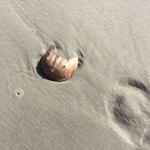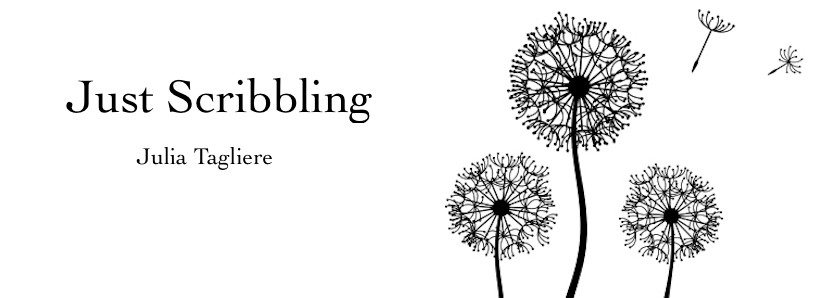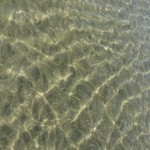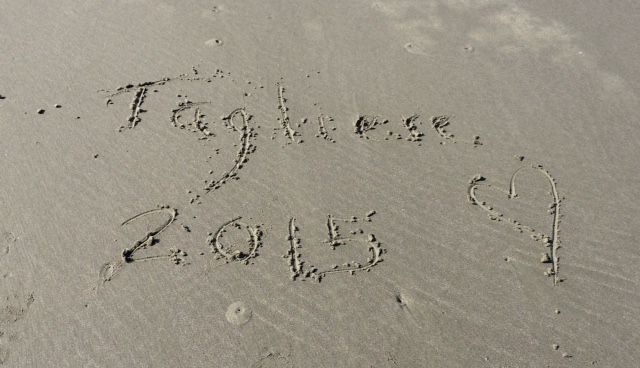 In a world of 7 billion people, finding unspoiled and undeveloped spaces is becoming increasingly difficult; during Spring Break in Myrtle Beach, South Carolina, when it seems like all 7 billion of those people are staying at your hotel, it can feel nearly impossible.
In a world of 7 billion people, finding unspoiled and undeveloped spaces is becoming increasingly difficult; during Spring Break in Myrtle Beach, South Carolina, when it seems like all 7 billion of those people are staying at your hotel, it can feel nearly impossible.
We were lucky on our recent trip, then, to spend a single glorious afternoon on a kayak tour to Waties Island, South Carolina’s northernmost barrier island. Named for William Waties, Jr., an Indian trader who discovered and claimed the land in 1735, Waties Island comprises more than fourteen hundred acres of protected natural and pristine habitat. Acquired by the Tighlman family in the early 1900s, the island today is part of Carolina Coastal University, and serves as part of its Marine Science program and as an ecological research facility. Access is by permission only, and is limited to 50 people at a time on the island itself, 100 on the upland section.
When you set foot on shore, the results of such concerted, forward-thinking preservation are immediately visible: Wide-open, unobstructed views, as far as the eye can see; a beach so untouched by human contact that the patterns formed in the sand by the rippling waves resemble Zen gardens of astonishing geometric precision. 
 Driftwood, shells, and marine life are on abundant display: We saw horseshoe crabs, fish, and even a ray, languidly enjoying the warmth of a temporary pool that would later release it to the tide.
Driftwood, shells, and marine life are on abundant display: We saw horseshoe crabs, fish, and even a ray, languidly enjoying the warmth of a temporary pool that would later release it to the tide.
It is a place where one can stand on the silver edge of the world, far, far away from the dreck and dross of modern civilization, and just breathe. Breathe.
The tour allots only a precious 45 minutes on the island; I imagine it’s part of how they keep it so pristine. We strolled, we waded, picking up an occasional treasure and taking never-do-it-justice pictures, but mostly, we allowed ourselves to experience the profound, cleansing, spiritual renewal that comes only from worshipping in such a pure, sacred temple.
 And yet—even here, in one of the most unspoiled, undeveloped spots I’ve ever visited, there were still signs, insidious and distressing, of the unrelenting presence of humankind, and of the damage we have wrought, and continue to wreak, on this beautiful planet of ours. I carried two bags that afternoon: In one, I placed a handful of shells and driftwood; in the other, I placed trash.
And yet—even here, in one of the most unspoiled, undeveloped spots I’ve ever visited, there were still signs, insidious and distressing, of the unrelenting presence of humankind, and of the damage we have wrought, and continue to wreak, on this beautiful planet of ours. I carried two bags that afternoon: In one, I placed a handful of shells and driftwood; in the other, I placed trash.
Some of the trash had a more recent feel to it: an Oreo snack bag; a still-shiny, flattened juice pouch, no doubt dropped by a careless, visiting child too young to have learned better (one hopes it was a child); a crushed, empty water bottle. One item I found—the hefty, number-emblazoned metal plate, pictured here—defied explanation. Was it part of an address plaque? A boat-slip marker? How had something so heavy, so undriftable, wound up here, in this beautiful place?
The saddest pieces I gathered, however, were those tangled into the flotsam and jetsam at the water’s edge: a subtle pattern of plastic wrappers, inextricably woven to the aquatic plants and driftwood lining the shore.
To be clear, relative to every other beach I’ve ever visited, Waties Island seemed, at first glance, to be completely untouched by human hand, breathtaking in its innocence. No buildings, no wires, no cars, no billboards—just exquisite natural beauty. Perhaps that is why seeing our undeniable environmental impact moved me so deeply: Here? Even here?
There are other places in the world like Waties Island, I know, ones I hope to see, preserved and unspoiled and lovely beyond the spoken or written word; but every day, the cavalier leavings of our daily lives encroach upon them a little more—a bottle here, a wrapper there.
When we left the island and began the paddle back, I carried two bags: one of shells and driftwood, one of trash. But I also carried a question: How long before even these holy sanctuaries succumb, too?
It’s Earth Day, today and every day. Do your part.



